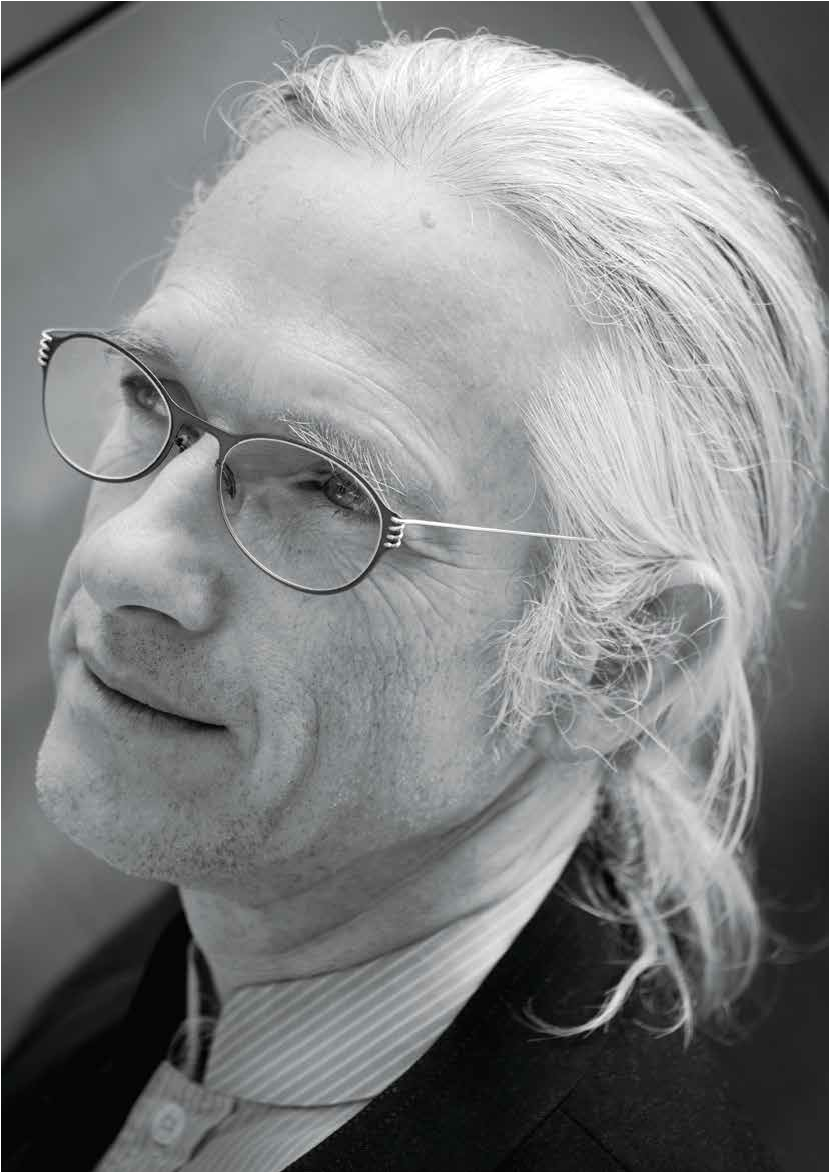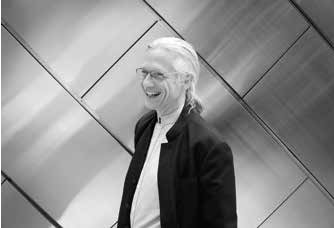Issue:


'WHEN I HAD THE CAMERA IN MY HANDS, I COULD SEE EVERYTHING MORE VIVIDLY'
Everett Kennedy Brown’s twin passions of photography and Japan were piqued by images of the country that could hardly have been more disparate. His father, who had been in Japan after the war teaching history to U.S. servicemen, had a scrapbook of photos, including one of the torii at Itsukushima Shrine in the Seto Inland Sea. Brown was “captivated by this photo from the age of two or three,” saying “it planted a seed in my heart.” A little more than a decade later, he came across some of the most disturbing images of modern Japan: photographs of the victims of Minamata disease.
Brown’s own experience with photography began on a family trip to Europe, when he was given a Kodak Instamatic to record the journey. “When I had the camera in my hands, I was surprised how I could see everything more vividly it was more about that than the pictures,” recalls Brown.
A fan of American football, on his return to the States, he began going to games to shoot the action. “What was exciting was to foresee and capture defining moments of a game say, when a quarterback got tackled by a defensive linebacker.”
One of these pictures won a Scholastic Photo Award, leading him to enter, and win, other competitions. He was soon making money through photography, “shooting weddings, meetings, and copying stuff for friends of the family.”
“When I was 14, I flew out to San Francisco to meet Eugene Smith, one of my heroes, who had just returned from Minamata, where he had been badly beaten by thugs [yakuza hired by Chisso, the corporation that had poisoned thousands of local people]. Hearing about him documenting Minamata inspired me to be a photojournalist.”
After graduating in Foreign Languages and Civilizations from Antioch College in Ohio in 1982, Brown headed to Japan with the advice of an abbess from the San Francisco Zen Center in his ears: “Avoid Tokyo and head for a fishing village.”
He travelled to the Shimokita Peninsula that protrudes from the north of Honshu, where he met blind itako shaman women, and decided Japan was a place where “you can step back in time.” Following six months traversing the country, Brown moved to Thailand, from where he worked as a photojournalist around Asia. It was during his time in the Thai capital that Brown came up with an unusual method of practicing the Japanese he was studying visiting yakuza incarcerated in the local prison.
“One of them talked about Japan with such passion; his nostalgia made him speak very poetically. I spent three years doing that, and I managed to avoid picking up a yakuza accent.”
Brown returned to Japan in 1988, where he utilized his contacts with travel and airline magazines to find work in Tokyo. Following a well-received feature on Harajuku culture for Kodansha, he found himself working more and more with Japanese domestic magazines. He then spent about eight years working primarily for publisher Shogakukan, including shooting for a book in 1999 on foreign sportsmen in Japan titled Oretachi no Nippon. Japan was preparing to co-host the FIFA World Cup in 2002, so the book focused on soccer, but it also included baseball players. It was to be the first of a number of books, including one on the 1990s ganguro girl phenomenon.
In the early 2000s, as the Japanese magazine industry contracted, Brown met a German journalist in the FCCJ library who told him the new European Pressphoto Agency (EPA) was looking for a bilingual photojournalist in Tokyo. Despite reservations about leaving the freelance life behind for a job that included management responsibilities, Brown took the plunge. “I had a 10-minute phone call on a Friday, and flew to Frankfurt the next Monday to interview for bureau chief.”
With EPA being the “new kid on the block,” Brown recalls the tough early days as the agency struggled to get accreditation and find capable, bilingual staff. “We started in 2003, and there was a Japanese politician who was a professional wrestler and came into the local assembly wearing his mask. I traveled up to Morioka to shoot him, and the images got used all around the world. It was our first job, and it put us on the map.”
In March 2011, Brown found himself coordinating the agency’s photographers who were arriving from all over the world to cover the disasters. After getting them all into position, he received a call from head office ordering him to pull everyone out over fears about radiation from the damaged Fukushima reactors.
A month later, Brown headed up to the affected areas and began documenting what he saw with collodion photography, which he had begun to work with a short time earlier. He now calls the wet-plate method which dates back to the mid-19th century his “life’s work.” “With 3/11, something changed inside of me,” he says. “A crevice opened up in the Japanese landscape through which I could look into the past.”
He began to make preparations to transition away from running the bureau, and stepped down in November 2012 to concentrate on his collodion photography and a number of long-term projects. “My photojournalism is good, but I don’t think it’s unique. But the collodion, that’s something only I can do,” says Brown. “I’ve finally found my voice.”
Gavin Blair covers Japanese business, society and culture for publications in America, Asia and Europe.

